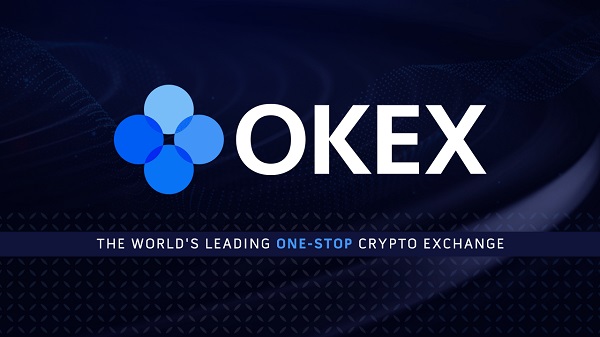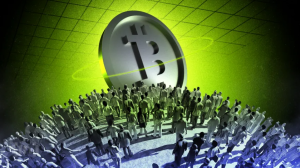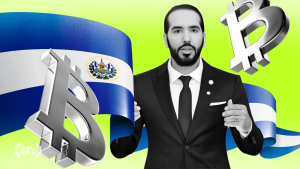Strike’s Lightning Network Solution Can Supercharge Fintechs

Strike and payments giant Fiserv have rolled out Lightning Network integration to enable crypto payments on Fiserv’s point-of-sale solution Clover.
Clover Pilot Will Test Lightning Speed and Settlement Cost
According to Strike CEO Jack Mallers, the integration will enable business owners using Clover Commerce’s point-of-sale solutions to accept Bitcoin payments using the Lightning Network.
Mallers added that the service would initially be rolled out for a 90-day trial to test settlement speed, cost and whether the integration drives new business for merchants. If the pilot succeeds, the goal is to enable Lightning payments for all Clover merchants.
According to Mallers, any application with Lightning capability, from CashApp to a node on the Tor anonymizing network, would be able to send money to the merchant’s Clover terminal.
The Lightning Network is a layer two Bitcoin solution that allows quick funds transfers between two nodes via a ‘payment channel.’ These micropayments incur very low fees without being published to the layer one Bitcoin network.
Bitcoin maximalist Michael Saylor said that MicroStrategy, the enterprise software company he founded in 1989, would develop enterprise architecture to enable e-commerce companies to receive payments denominated in Satoshis or one-hundred-millionths of a Bitcoin using the Lightning Network.
Strike’s History With the Lightning Network
Initially an El Salvador-based private entrepreneur working to fix the country’s expensive remittance system with Bitcoin, Mallers shot to prominence after President Nayib Bukele asked his advice on making Bitcoin legal tender in the country. He soon became a keynote speaker at major Bitcoin conferences.
Through Mallers’ Strike payments app, El Salvador citizens could receive remittances from the U.S. without needing to handle Bitcoin directly. The app could convert fiat deposits to Bitcoin and send them to a Strike partner in the destination country. Strike would then convert the Bitcoin into the recipient’s fiat currency and credit the recipient’s Strike account. Lightning’s low fees meant remittances could be free instead of costing up to half the transferred amount.
Strike also integrated its Application Programming interface into Twitter to enable content creators to receive tips. Twitter has since discontinued the service after poor user interest.
Fintechs Can Supercharge User Experience with Lightning Network
The ability of Clover merchants to receive payments via the Lightning Network can supercharge the user experience for customers of so-called fintech firms that have boomed in recent years. Almost $140 billion was invested in the fintech sector between 2012 and 2022. One source predicts that the digital wallet user base will reach 125 million by 2025.
Fintechs charge a fee for aggregating a customer’s transaction and passing them on to a payment processor or bank.
More user-focused, these companies create slick apps that appeal to a younger clientele demanding fast, affordable payments. The Lightning Network’s speed and low fees can finally free fintechs from the shackles of legacy banking. Fintechs can then drive Bitcoin payments in 2023.
For Be[In]Crypto’s latest Bitcoin (BTC) analysis, click here.
Disclaimer
BeInCrypto has reached out to company or individual involved in the story to get an official statement about the recent developments, but it has yet to hear back.













